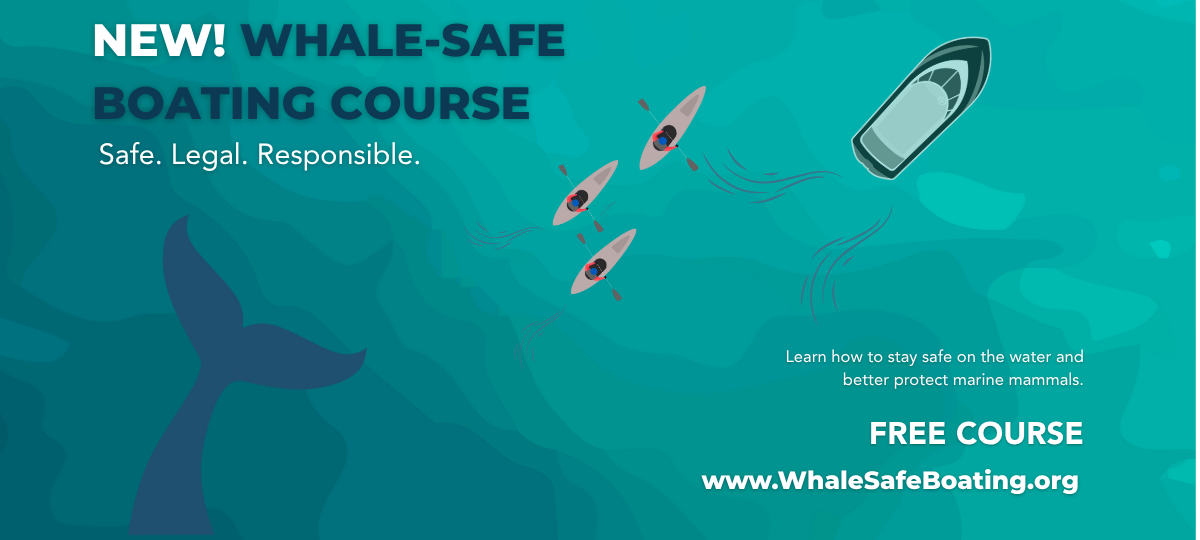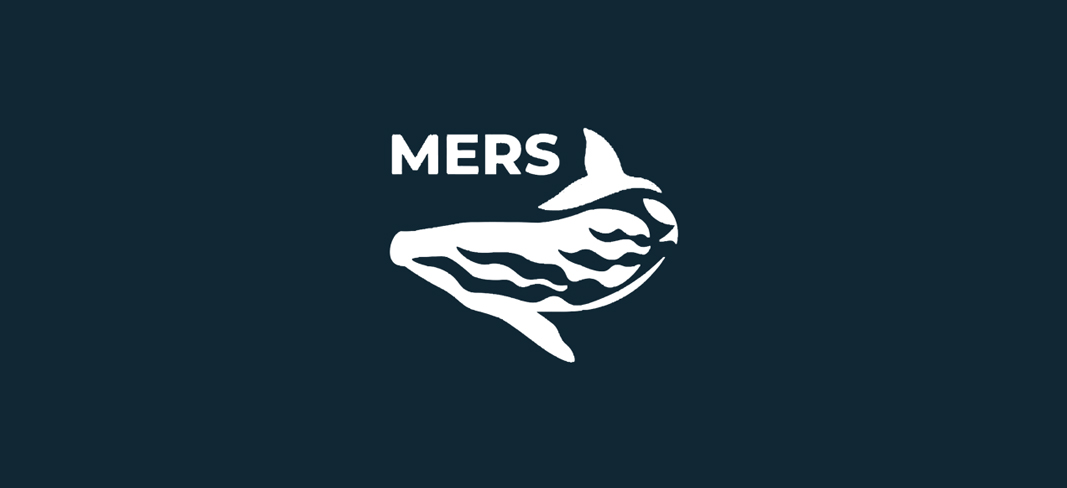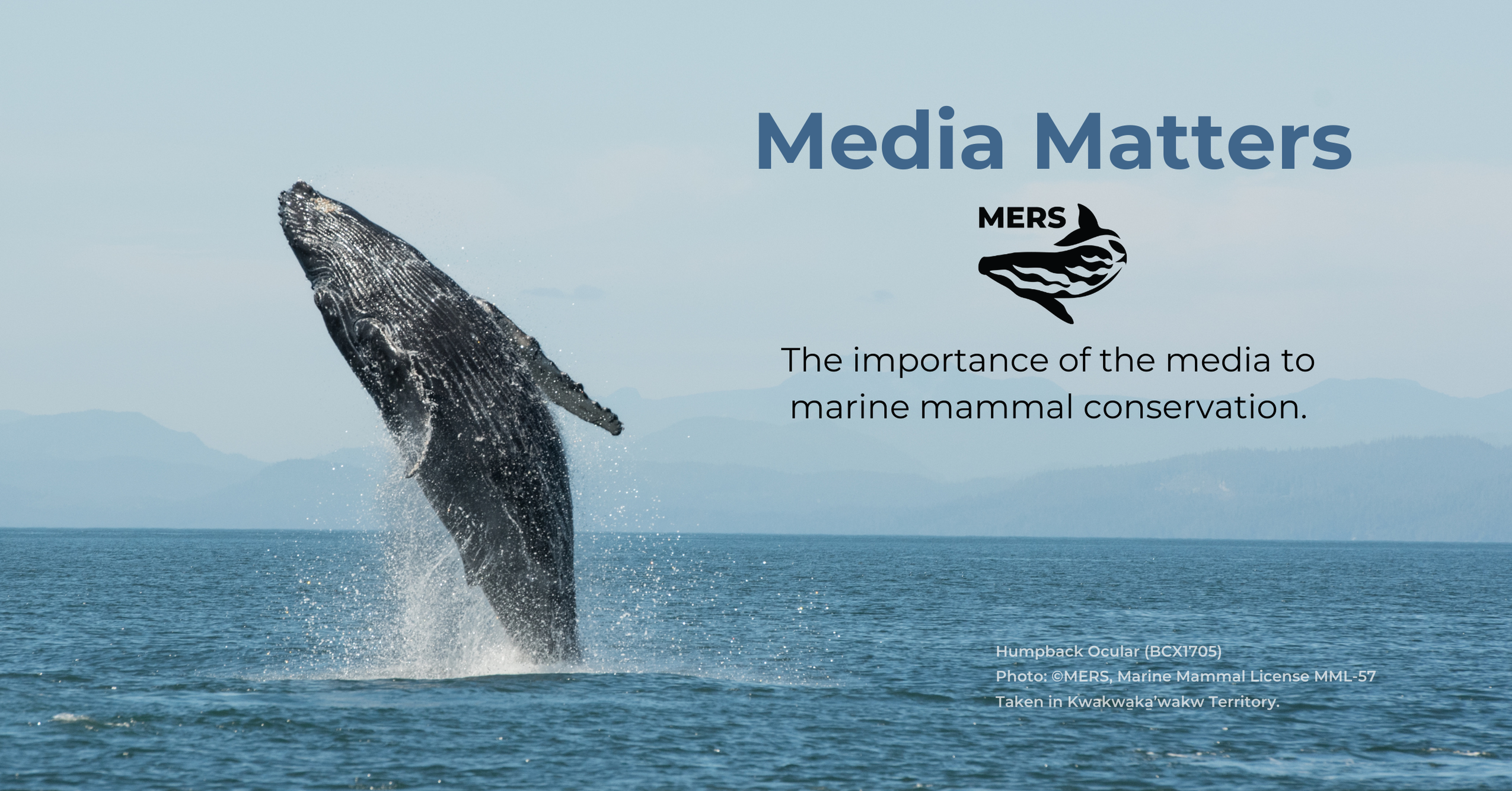Update: Read the research paper resulting from Christie’s research at this link. :
Each spring, humpback whales in the eastern North Pacific Ocean travel from warm waters off Hawaii or Mexico up to the cooler, temperate waters off B.C. and Alaska. What brings them back up here is food; the tropical and sub-tropical areas where humpback whales mate and give birth during winter have very little food for whales, so humpbacks must obtain almost all the energy they need for a year’s worth of activity while they are in our cold, rich waters during the summer and fall.
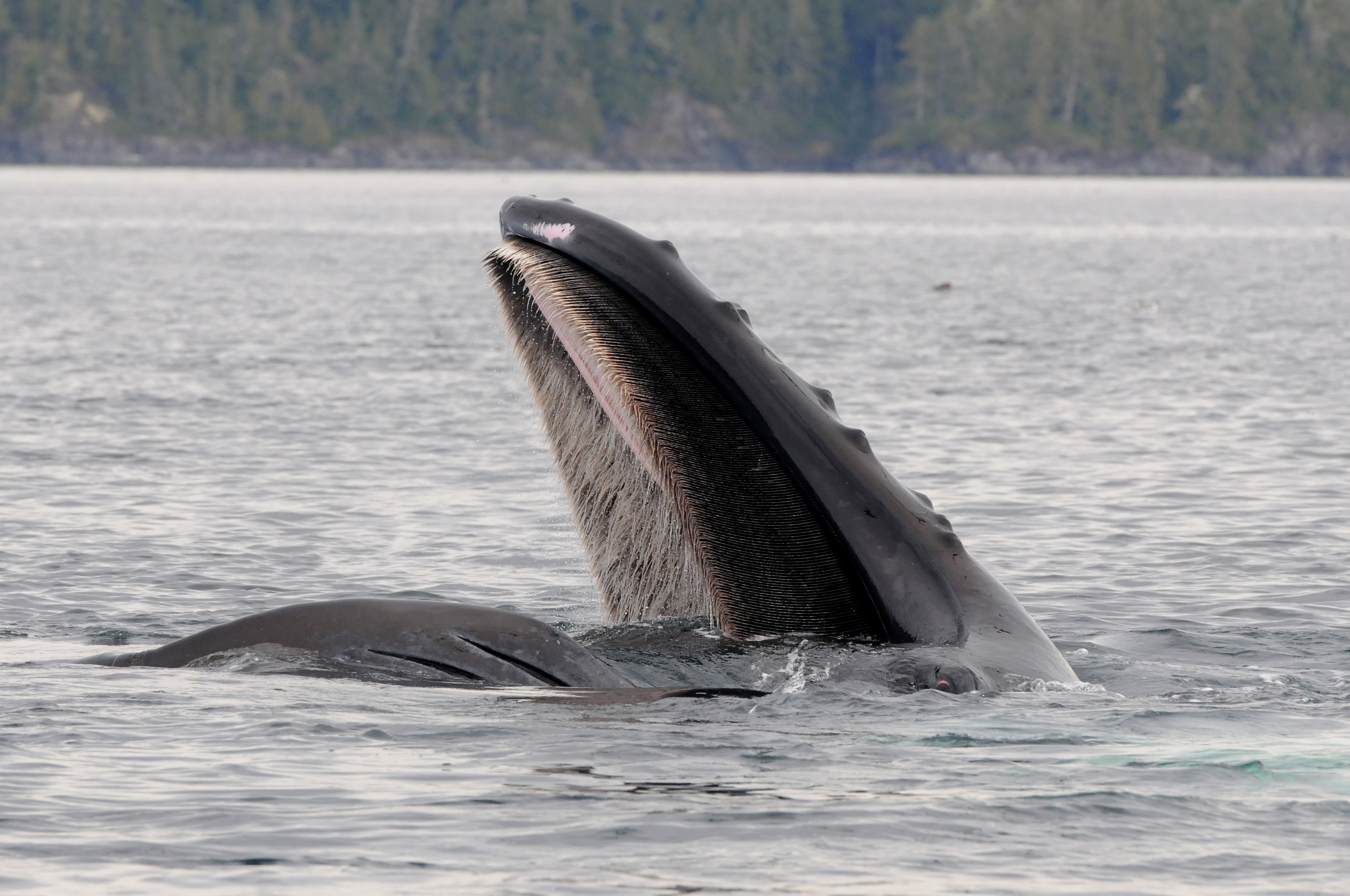
Humpbacks feed on krill (small crustaceans), as well as small, schooling fish such as herring and sandlance. Off B.C., however, it is not yet known how important different prey species are to humpbacks, or to what extent individual humpback whales may specialize on specific foraging locations and prey types.
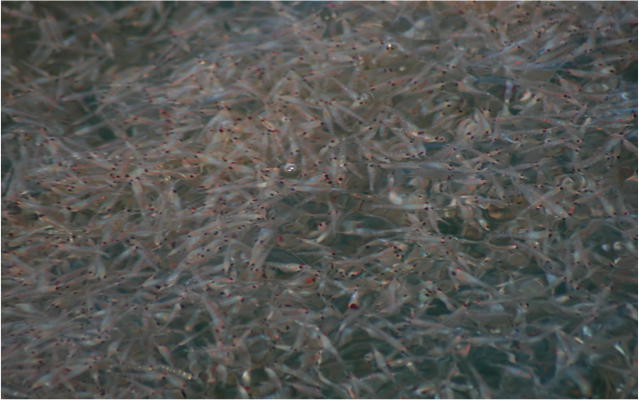
In eastern Queen Charlotte Strait, herring congregate in dense schools, locally known as “bait balls”, during the late summer and fall. Humpback whales in this area appear to specialize on herring during this time, targeting bait balls and lunge-feeding on them. As part of my Master’s research through Simon Fraser University, I am working on estimating how much of humpback whales’ energetic requirements are obtained from feeding on these herring.
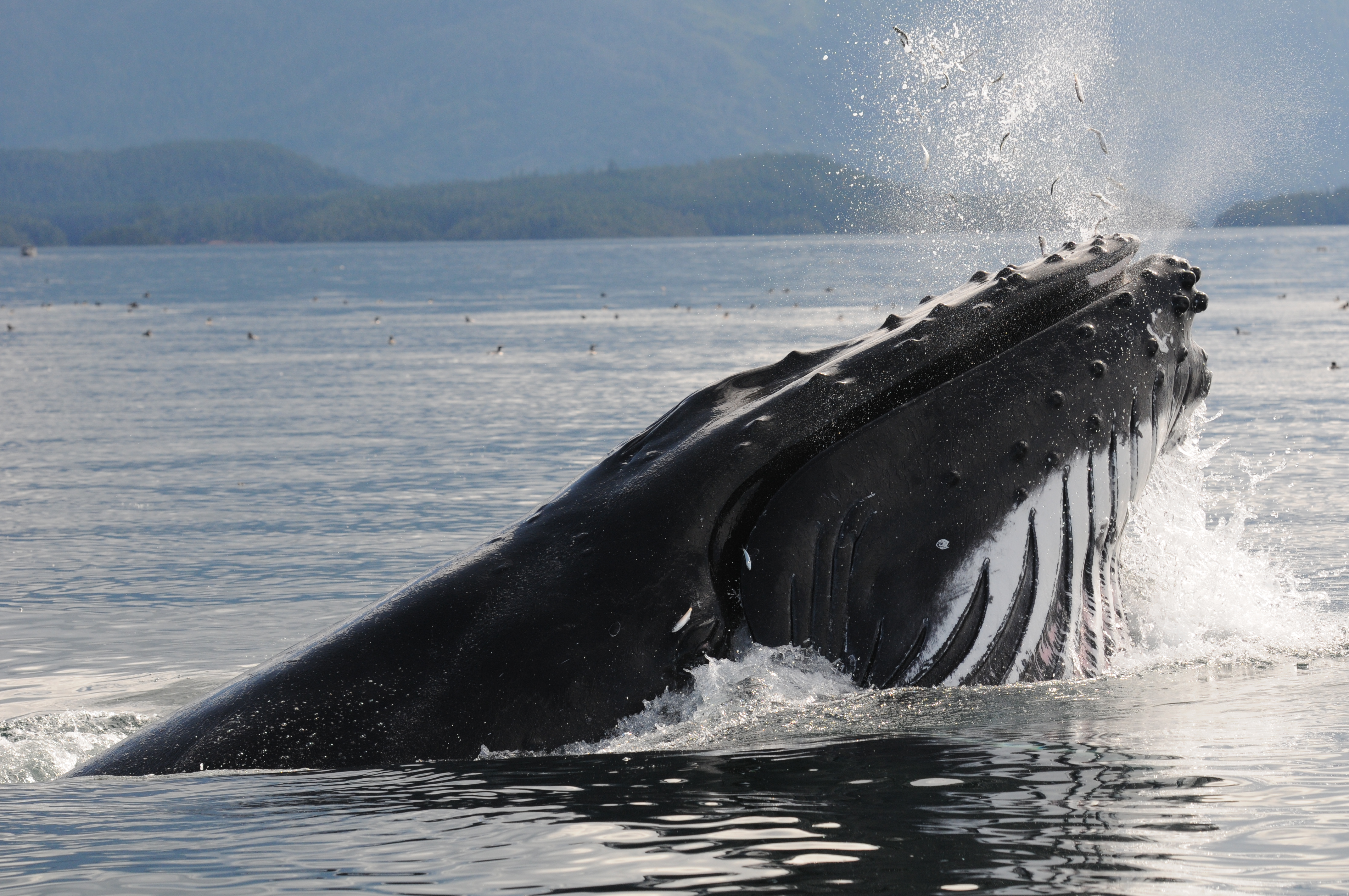
To help answer these questions, I need to estimate how often humpback whales are feeding on herring, and how much herring they consume each time they feed. To predict how often humpback whales are feeding, I first identify a whale as an individual, and then watch it for an hour and record each time that it feeds and what type of prey it eats (tracking animal behaviour in this way is called “focal following”). To figure out how much herring they eat during each feeding event, I have been taking underwater video of herring bait balls. By also measuring the size of the herring in the bait ball, I can use their actual size, compared with their size on the video, to estimate the dimensions and therefore the volume of the bait balls. By combining the results of the focal follows and bait ball videos with an energetic model for humpback whales, I can predict what proportion of the energy requirements of these humpbacks are provided by the herring bait balls that they are feeding on.
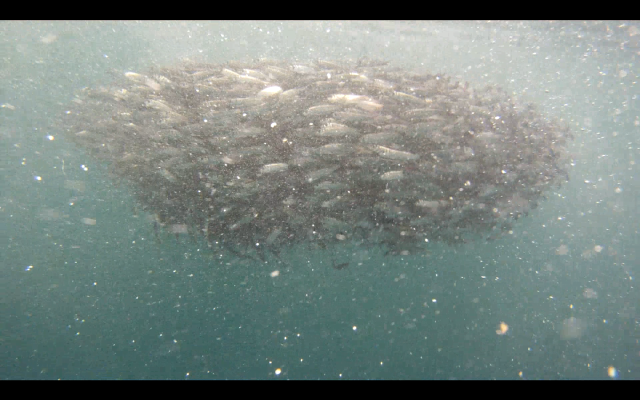
The results of my research will have implications for managing humpback whale populations. Although human impacts such as overfishing and habitat degradation may not be sufficient to affect humpback whale prey species at the population level, they may cause depletion of these species on a local scale. It is not yet understood whether B.C. humpback whales have the ability to easily switch to a different prey source and foraging location if availability of their preferred prey declines, so it is possible that local prey depletion may have impacts on humpback whales that feed in B.C.
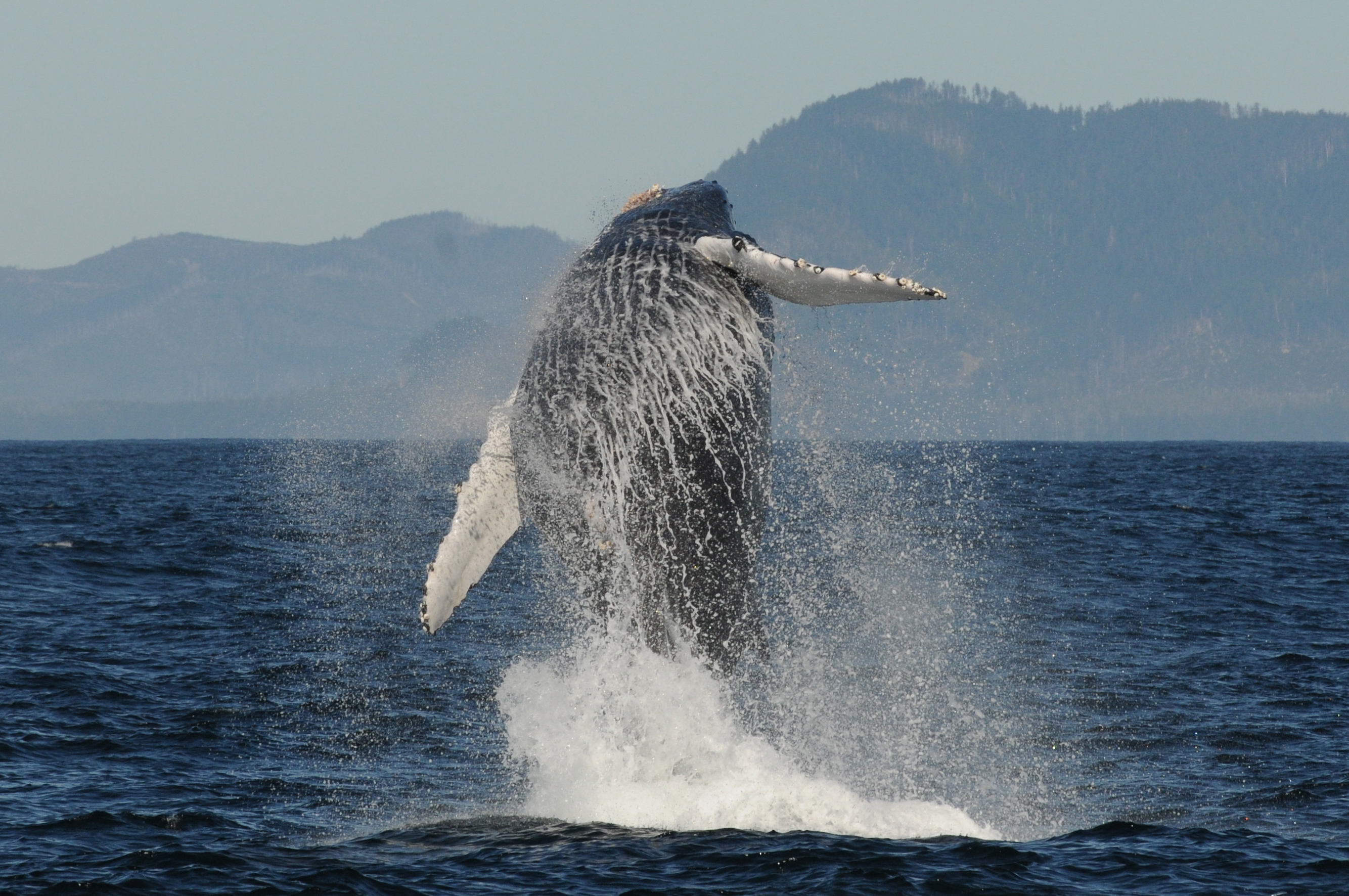
This summer will be my second field season of gathering the information that I need to estimate how important these herring are to humpback whales in eastern Queen Charlotte Strait. Huge thanks to everyone who has helped out with and supported this study so far, especially Stacey Hrushowy, Jared Towers, and Jackie Hildering.
Click here to learn more about MERS humpback whale research, or here to donate to MERS’ work. Also, please feel free to e-mail me at mersociety@gmail.com with any questions.
~ Christie
